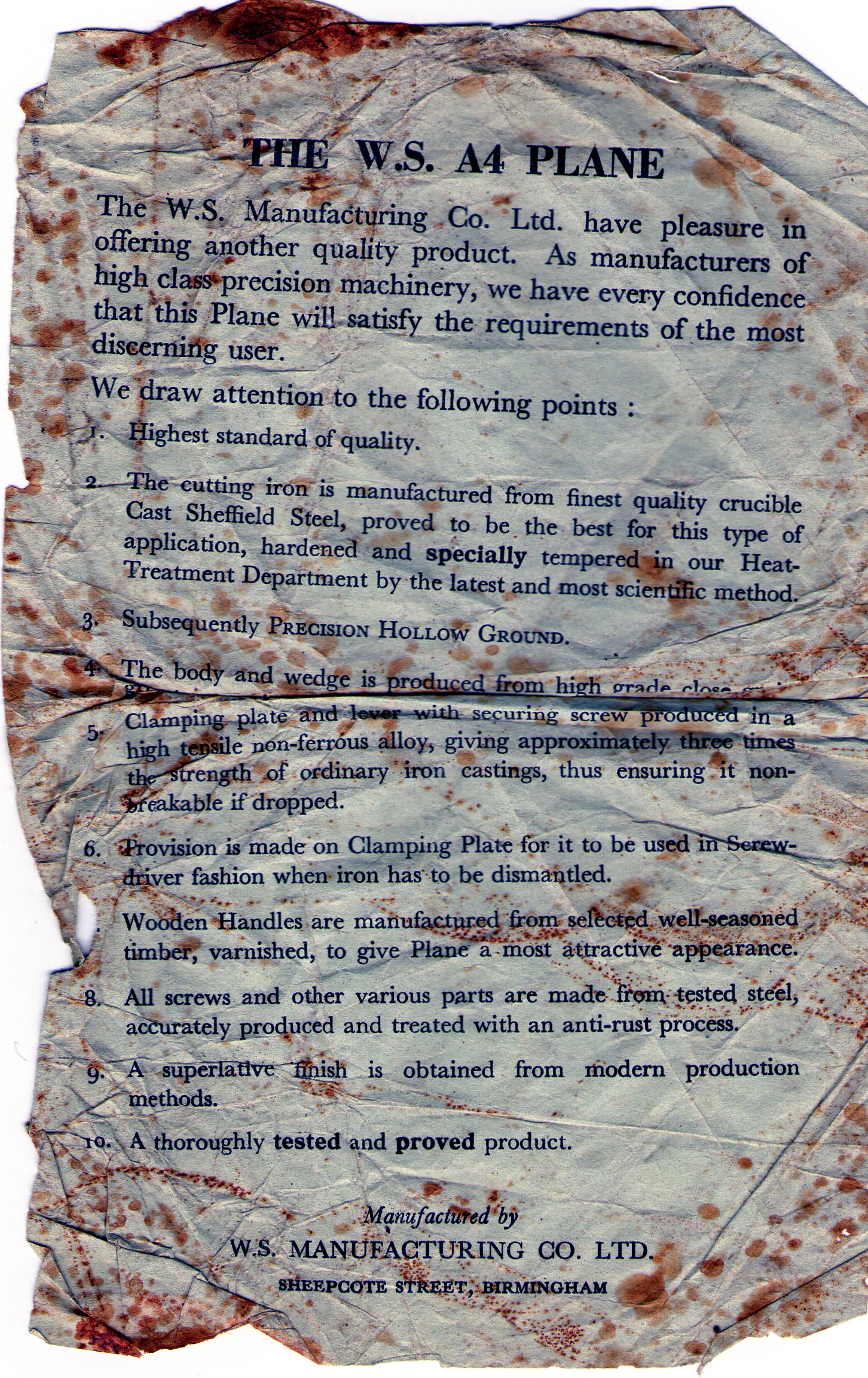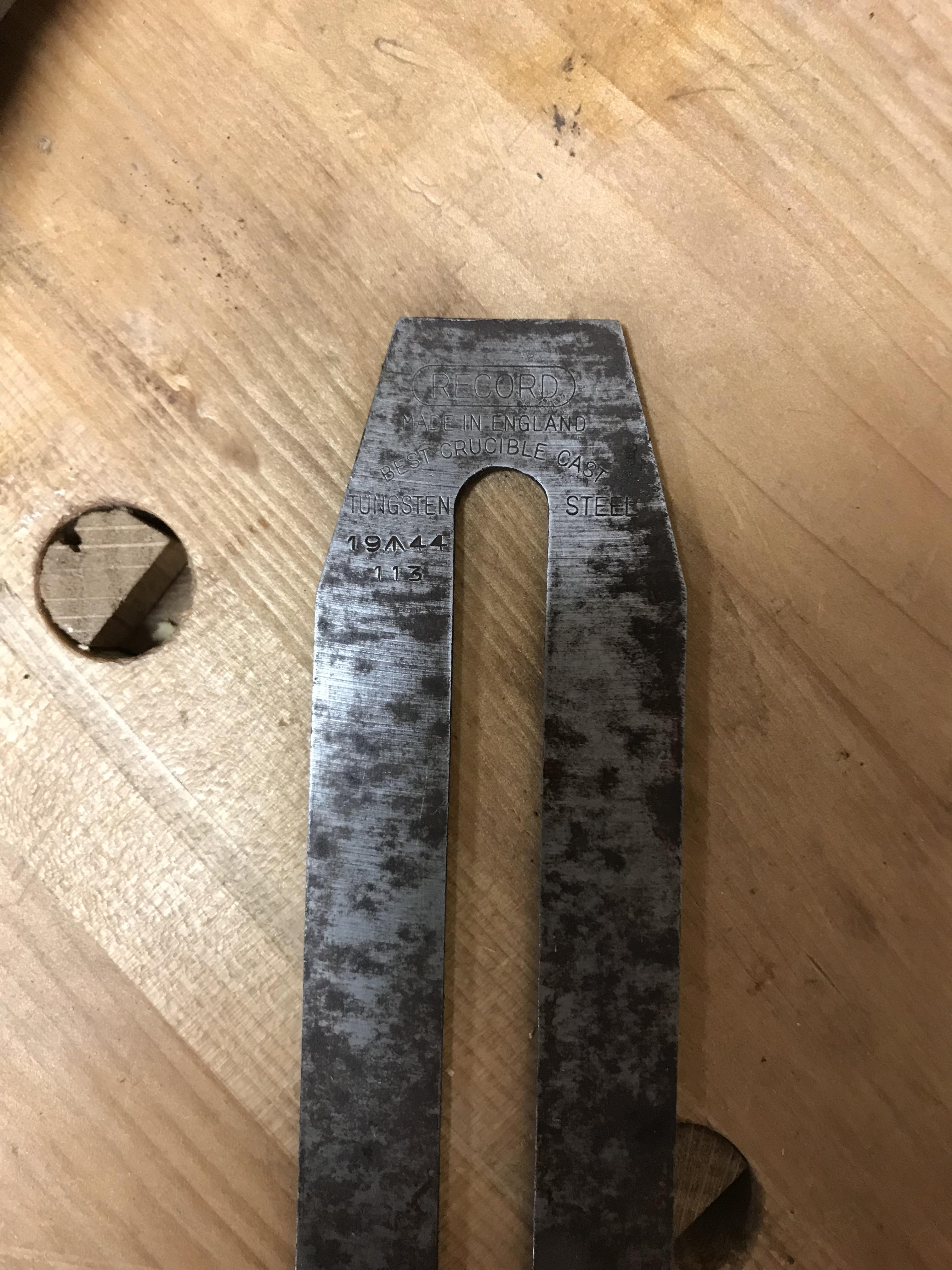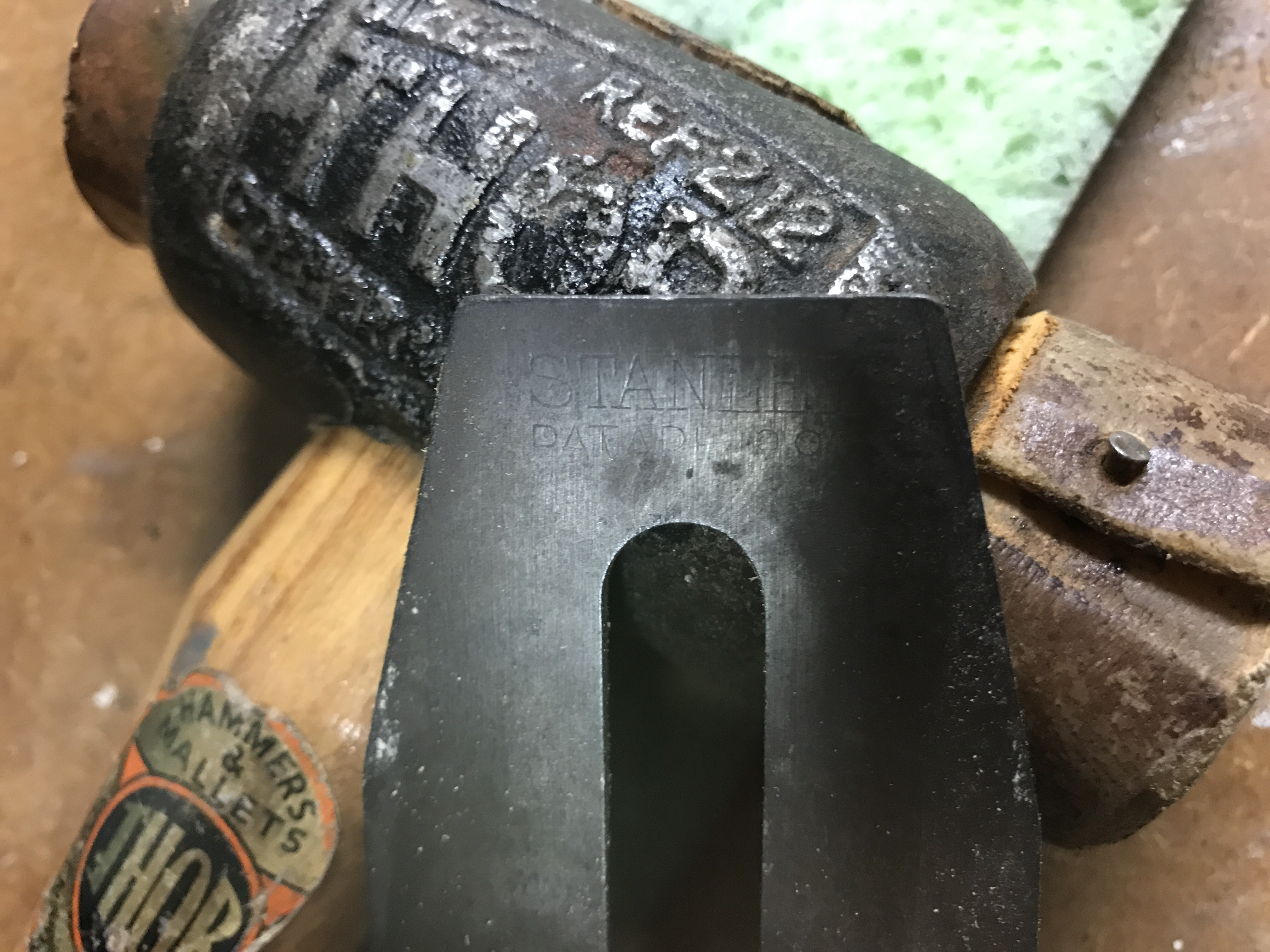according to this site:
https://virginiatoolworks.com/2015/02/1 ... rk-stamps/
the stanley iron is from 1912-1918 - adding a little more credence to the claim they started using laminated irons in the 1920s...
https://virginiatoolworks.com/2015/02/1 ... rk-stamps/
the stanley iron is from 1912-1918 - adding a little more credence to the claim they started using laminated irons in the 1920s...








































